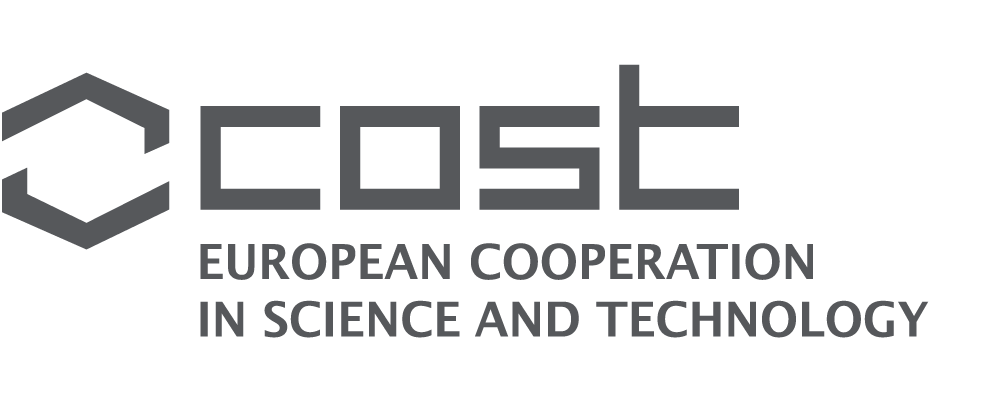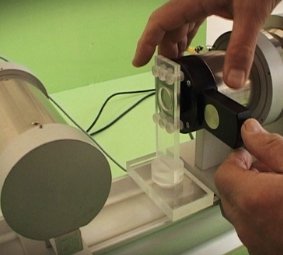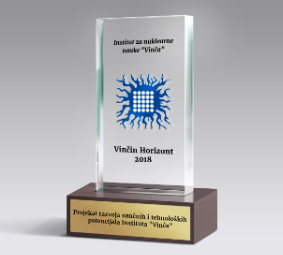Superconductivity is a fascinating state of matter characterised by the absence of electrical resistivity that certain materials exhibit when cooled below a certain critical, cryogenic temperature. Together with other unique properties, like the ability to carry huge currents and trap extremely large magnetic fields, superconductors pave the way for accelerating the Energy Transition.
High-temperature superconducting (HTS) materials, able to enter superconductivity above the temperature of (cheap) liquid nitrogen, make possible more compact, efficient, and even disruptive technologies that can be integrated into all the links of the electrical energy chain, from generation to transmission and distribution, use and energy storage, enabling its decarbonisation.
Despite the potential benefits and successful demonstrators of HTS technologies, they still lack mass penetration in the electrical system. Several reasons pointed out by industry include concerns related to costs and uncertainty about cryogenics’ reliability, and the idea that only highly skilled professionals will be able to operate the latter. Other causes relate to a lack of systematic knowledge about the design of HTS systems for the grid, and on how to simulate their performance using standard software packages. There is also a general unawareness about these materials, particularly on the reliability of the associated technologies.
This COST Action tackles all the above challenges, by a systemic approach that will create the path from materials to devices; foster improved modelling and advanced computation paradigms; provide methodologies and demonstrators for addressing industrial challenges and applications; and develop tools for the economic and sustainability assessment of HTS technologies.









